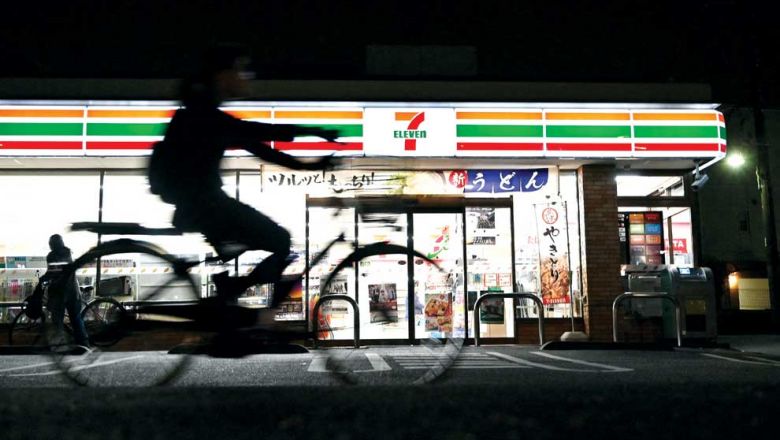Tools out for P Sihanouk’s transition
Tools out for P Sihanouk’s transition
The government is looking to unleash the immense economic potential of southwest Cambodia’s Preah Sihanouk, the Kingdom’s most important shipping gate.
This, as it launches a policy outlining the duties and responsibilities of a key committee assigned the monumental task of turning the coastal province into a multi-purpose special economic zone, to respond to development in all areas.
On June 9, Prime Minister Hun Sen signed Sub-Decree No 82 on the Organisation and Functioning of the Inter-Ministerial Technical Committee for Land Management and Use Policy for the Development of Preah Sihanouk Province into a Multi-Purpose Special Economic Zone.
Comprised of provincial governor Kuoch Chamroeun and 24 other senior officials from government ministries and institutions, the committee is to provide strategic and technical guidance concerning land use and management for the development of Preah Sihanouk, as well as policy formulation, according to the sub-decree.
It must also monitor and examine the progress of policy development, prepare regular reports for the Master Planning Council on developments relating to policy on land use and management, and work with national and international development partners in a technical and financial capacity.
Cambodia Logistics Association (CLA) president Sin Chanthy told The Post that a clear land use policy setting would help accelerate development in all areas and provide a “reserve site” for long-term use.
He stressed that investors prefer locations that are favourable for transportation – especially by water, which is a popular and inexpensive international means of transportation.
“Currently, about 80 per cent of Cambodian goods to be exported to international markets pass through the Sihanoukville Autonomous Port,” Chanthy said.
Hong Vanak, director of International Economics at the Royal Academy of Cambodia, said effective land management will be one of the quickest ways to build confidence among investors interested in Preah Sihanouk province, not merely as a social tactic, but also an economic one.
He said “good investors” always look to invest in places where there are clear land management practices and rules.
“Although the sub-decree does not directly refer to economic stimuli, the organisation and management of an orderly place and a clear land-use plan is very important for investment planning,” he said.
The sub-decree comes at a time when the Sihanoukville Autonomous Port is striving to expand its potential through the construction of a new 350m-long container terminal with a water depth of 14.5m.
The new terminal will also be able to handle international ships with a storage capacity of 60,000 DWT (deadweight tonnage) – or those carrying around 5,000 TEUs, or twenty-equivalent units.
A TEU is an inexact unit of cargo capacity used in the shipping industry roughly equivalent to a container with internal dimensions measuring about 20 feet long, eight feet wide and 8.5 feet tall, or a volume roughly 38.5 cubic metres.
Lou Kim Chhun, director-general of the deep-sea port’s stock-listed operator Sihanoukville Autonomous Port (PAS), told The Post in April that construction of the new terminal was on track to begin early next year, slated to be completed by the end of 2024.
Its larger size and deeper water depth will provide Cambodia with more direct access to international ships, he said, noting that the greater part of freight passing through the Kingdom’s inland waterways are en route to seaport trade gateways in regional countries.
“When Cambodia has a deep-sea port, there’ll be larger ships docked at the port of Sihanoukville,” he said, adding that this will reduce costs and save time, which will improve the competitiveness of Cambodian merchandise on the international market.
The provincial governor told a press conference on June 9 that the province had attracted nearly $4 billion in investment projects since 1994, with just 20 companies having developed projects on a cumulative 11,647ha on the province’s beaches and islands with a total capital investment of $3.9 billion.
He said the government is striving to turn the province into a “smart city” and has built more than 30 roads to woo more tourists and investors.
“We are open to investments and want to draw in more foreign investors and tourists,” he said, adding that as of then, 60 companies had planned to invest a total of $10.74 billion in hotels and tourism.















